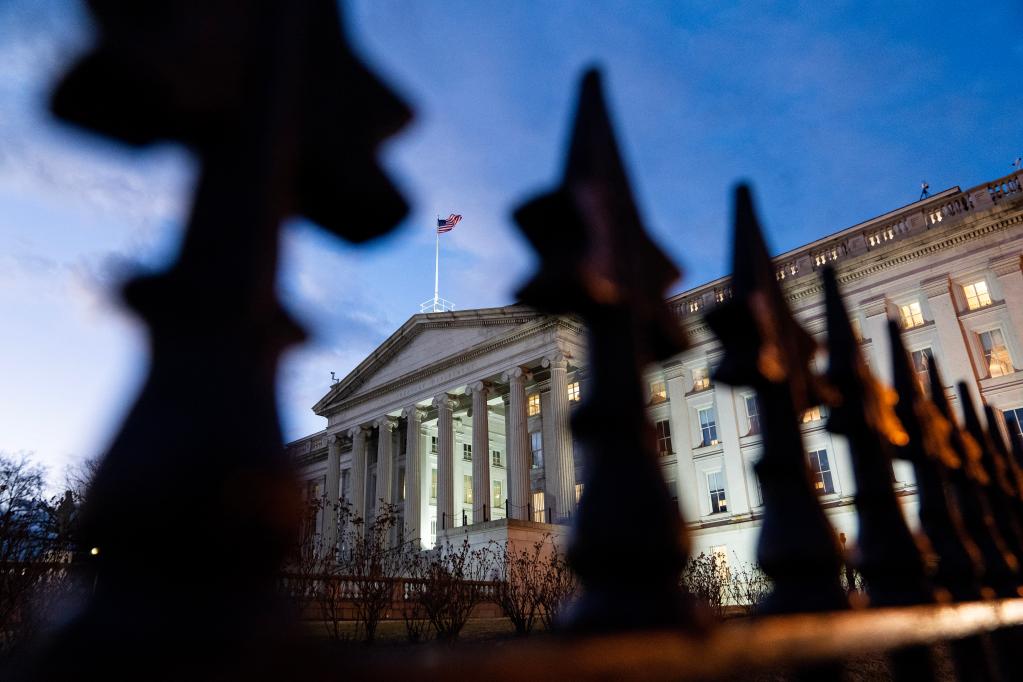On April 11, 2025, U.S. Treasury Secretary Besant announced at a White House meeting hosted by President Trump that the United States would raise the national debt ceiling to address the need for further debt ceiling increases over the next two years in one fell swoop. While this decision provides more fiscal space for the U.S. government in the short term, it has also sparked widespread discussions on the long-term health of the U.S. economy and the stability of the global financial markets.
Short-term Relief: Avoiding Default and Maintaining Government Operations
Raising the debt ceiling directly averts the risk of default. According to the Congressional Budget Office (CBO), without an increase in the debt ceiling, the United States might have breached it in August or September 2025, leaving the government unable to issue new debt or make payments, including to bondholders. Default would not only have led to a downgrade in the U.S. government’s credit rating but also triggered severe turmoil in the global financial markets. By raising the debt ceiling, the U.S. government can continue to fulfill its fiscal obligations and maintain the normal operation of public services and government programs.
Moreover, the debt ceiling hike provides fiscal support for Trump’s tax cut plans. The Senate-passed budget reconciliation bill includes a $5 trillion tax cut package, which extends the 2017 Trump tax reform policies and adds another $1.5 trillion in new tax cuts. These tax cuts are expected to stimulate economic growth but also require an increase in the debt ceiling to cover the fiscal gap.
Long-term Concerns: Debt Expansion and Economic Stability
Although raising the debt ceiling eases fiscal pressure in the short term, the long-term outlook is more worrisome. The U.S. public debt has already reached $36.1 trillion, and the increase in the debt ceiling means that the debt level will continue to grow over the next two years. This ongoing debt expansion could lead to a range of economic issues, including a larger fiscal deficit, rising interest rates, and a weaker dollar.
Rising interest rates are a direct consequence of debt expansion. As the debt ceiling is raised, the U.S. Treasury will need to issue more bonds to raise funds, potentially causing an imbalance in the bond market supply and demand, thereby driving up interest rates. Higher interest rates increase borrowing costs for businesses and individuals, suppressing investment and consumption, and negatively impacting economic growth.
Moreover, the international status of the dollar may also be undermined. The continuous expansion of U.S. debt has raised concerns among market participants about the confidence in the dollar. Global investors may reassess the risks of dollar assets, leading to a depreciation of the dollar. While a weaker dollar can enhance the competitiveness of U.S. exports to some extent, it may also trigger inflation, further weakening the stability of the U.S. economy.
Political Tussles and Reflections on the Debt Ceiling System
The U.S. debt ceiling issue is not only an economic problem but also a political one. The partisan wrangling over the debt ceiling reflects the division and polarization in U.S. politics. In recent years, the debt ceiling has repeatedly become a tool for political battles between the two parties, causing government shutdowns and market disruptions. For example, in 2023, Congress engaged in intense negotiations over the debt ceiling, ultimately reaching an agreement at the last minute.
This kind of political tussle not only harms the U.S. economy but also has a negative impact on the global economy. The global financial market is highly attentive to the U.S. debt ceiling issue, and any uncertainty can lead to a decline in investor confidence and market volatility. Therefore, some experts suggest that the debt ceiling system should be reformed to reduce the interference of political factors in the economy.
Conclusion
The decision by the United States to raise the debt ceiling provides short-term relief by avoiding the risk of default and creating more fiscal space for the government. However, in the long term, the continuous expansion of the debt scale may have negative impacts on the stability of the U.S. economy, including a larger fiscal deficit, rising interest rates, and a weaker dollar. Moreover, the politicization of the debt ceiling issue has exacerbated political division in the United States and market uncertainty. The United States needs to implement more effective reforms in fiscal policy and political consultation to ensure the long-term healthy development of its economy.

